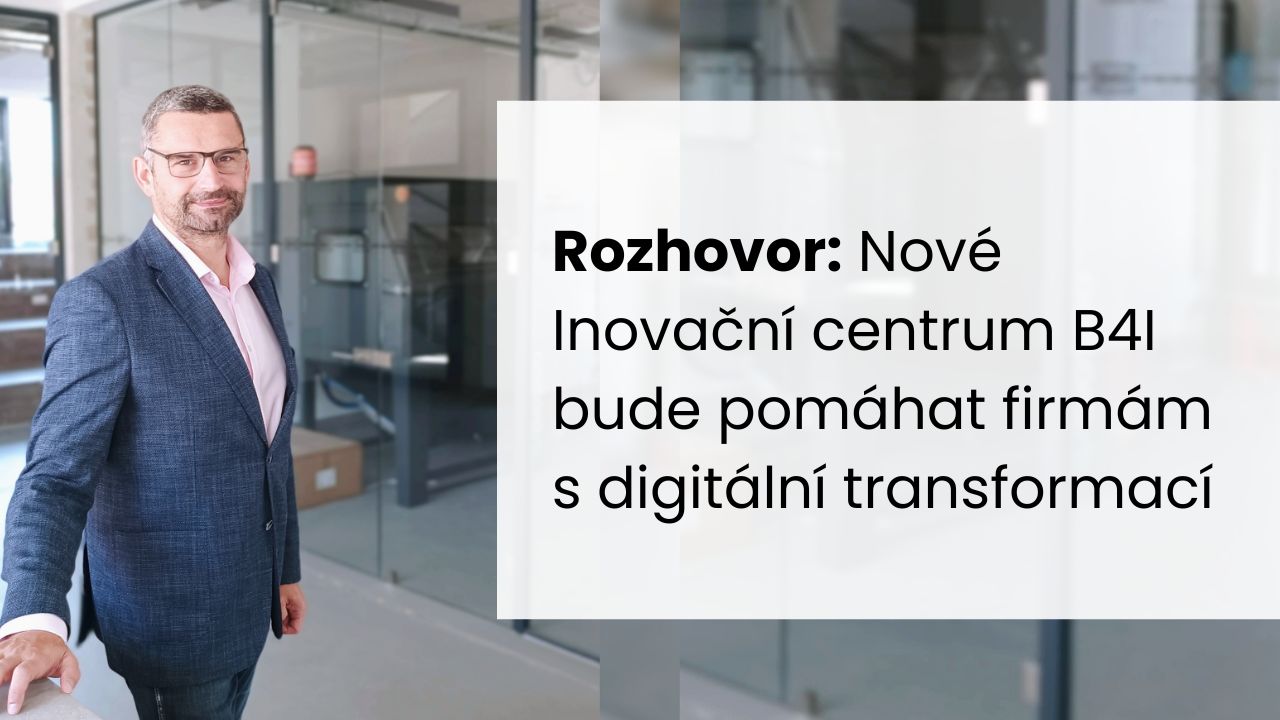“Digital Transformation of Industry” – what it is and how it manifests itself in companies
Transformation generally refers to the process of change that can be physical, mathematical, societal, or of another type and that can vary in complexity.In the context of a manufacturing company, the word “transformation” refers to the process by which a company makes fundamental changes to its strategy, processes, technology, or organization to adapt to new conditions, improve its competitiveness, and achieve long-term, if you will, sustainable success.
Digital transformation of industry is the process by which traditional industrial operations and procedures undergo change using modern digital technologies. Such transformation can include everything from the implementation of automated systems and machines to the use of advanced data analyses to improve manufacturing processes and decision-making.
Transformation of a manufacturing company can be triggered by a variety of factors such as changing market conditions, technological advances, increased competition, changes in customer demand, new regulatory requirements or changes in the business environment.
Which company areas transformation occurs in
- Strategic transformation: Involves redefining or updating a company’s business strategy. This may include adapting to new trends and technologies, expanding the range of products or services, entering new markets or restructuring the business.
- Digital transformation: Today, digital transformation is key for manufacturing companies. It involves the adoption of digital technologies, process automation, data collection and analysis, the use of artificial intelligence and augmented reality and other digital tools to increase efficiency, productivity and competitiveness.
- Process transformation: The company focuses on optimizing manufacturing and operational processes to achieve greater efficiency, reduce costs, shorten lead times and improve product quality. This may include the implementation of lean management, Six Sigma methodology, automation of production lines or the use of robotics.
- Organizational transformation: The company focuses on restructuring its organizational structure, changing roles and responsibilities, developing employees, and changing the company culture. The goal is to create an agile organization that can respond quickly to change and foster innovation.
Imagine, for example, a mid-size automotive parts manufacturer realizing that its production line is inefficient and outdated. After analysing the current state and setting goals for the future, the company may decide to implement a robotic production line. Partnering with a supplier of such technology and testing its functionality on selected products helps the company manage the transition to the new system. With ongoing monitoring and adjustments, production performance then improves.
In addition, this change can also be further improved, for example through the introduction of predictive maintenance of the line or other machines, speeding up production by using 3D printable moulds with customised laser finishing. Furthermore, customer service can be simplified and professionalized, logistics facilitated, and so on and so forth.
Such change also impacts the composition of the staff and their qualifications or specialisation, existing processes, etc.
How to get started with digital transformation
Digital transformation of a manufacturing company is a gradual and complex process that requires a well-thought-out plan, the management of partial steps and all employees’ commitment. It is also crucial to continuously monitor results, adapt and adjust to new challenges and opportunities in the environment in which the company operates.
Digital transformation involves several phases:
- The most crucial one is definitely a change of mindset. The first step is to understand that digital transformation is essential for business competitiveness and growth. This involves education about the importance and benefits of digital transformation. Preparation for new tool implementation or established practice change.
Thanks to our experience with companies that have already gone through this process, we are able to prepare you for the changes that await the enterprise. We will explain all the necessary steps, the options to choose from, the risks and the mistakes we often see in companies that you don’t have to repeat; correcting expectations. - Analysis of the current state A step without which no meaningful activities can be embarked upon. Assessing the current situation, technical, economic, human resources and other aspects is a key factor in the success of the intended changes. What are your company weaknesses? What are your competitive advantages? What are your strengths?
At Brain4Industry we offer a free Digital Audit service to answer these questions and to prepare the basis for a detailed and long-term strategy. - Setting clear and measurable goals is a clear compass that will guide the strategy and its sub-phases. What does your ideal future look like? What technologies and processes will you need to achieve these goals? What changes need to occur in the company?
- Choosing the right tools and partners is the next step to success. What technologies and solutions best suit your needs? Will they be compatible with your existing infrastructure? Who will be able to operate the tools and how? Who are your potential partners or suppliers? Do you want to invest in everything at once or invest gradually into the individual steps of your strategy?
We will design solutions that are tailored to your capabilities and needs. We will recommend appropriate technologies and suppliers and connect you with suitable business partners. - Once you have a strategy and tools, it’s time to implement and test them. This can include pilot programmes and different technology testing. Here too we can help, both in the preparation phase and directly with testing specific solutions, selected technologies and modification of results. Thanks to the consortium’s diverse infrastructure, machines, labs, simulation methods and cutting-edge technologies, you can validate your solutions and products in a real-world environment before investing in expensive equipment.
- After implementation, it is important to monitor performance and make adjustments as needed. Thus, evaluation and iteration are the next necessary step to the successful completion of all changes.
The digital transformation process should be seen as never-ending. The sooner a company starts it, the sooner it will deliver results. Moreover, with a well-planned strategy, positive results can be guaranteed.


